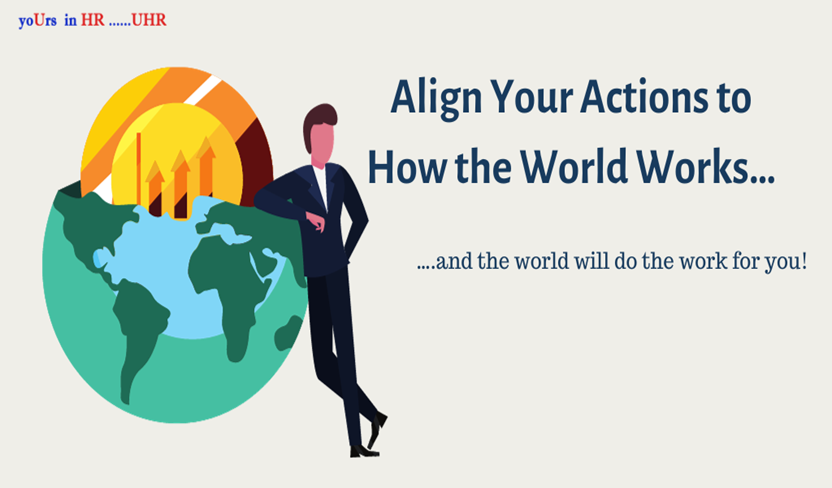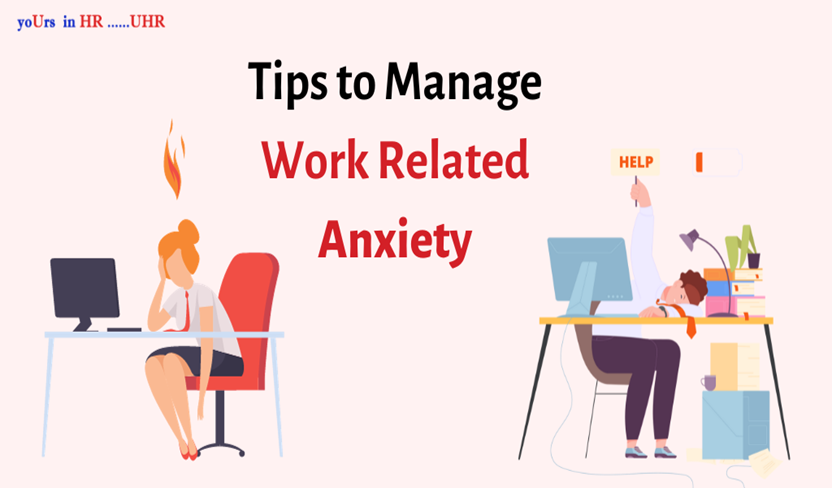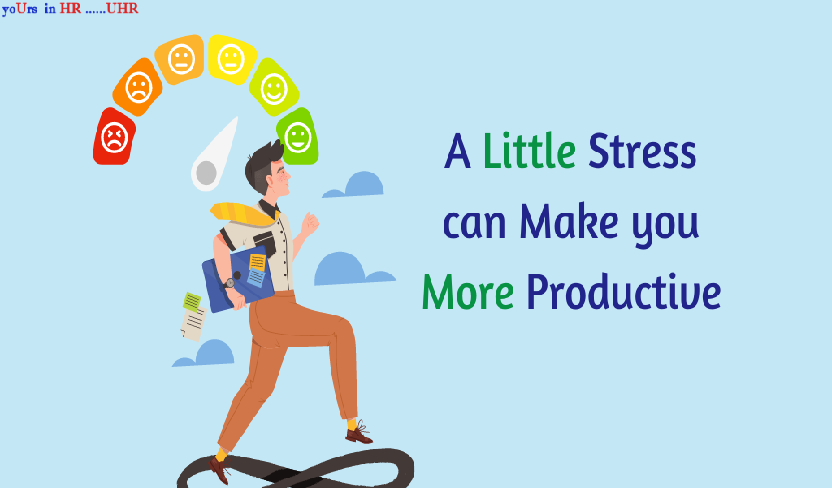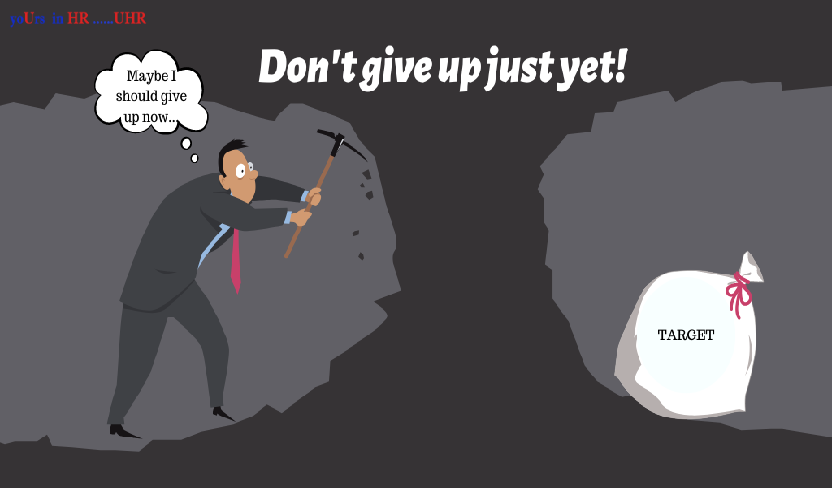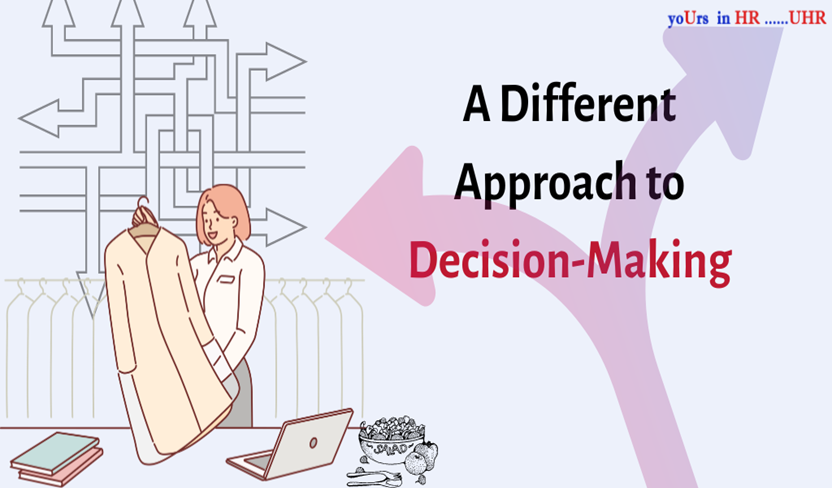
When we think about making a decision about something, we almost always think about two roads diverging. A fork in the road. A choice to make.
Metaphors like this can be very daunting and overwhelming. Decision-making as a process can be pressurising by itself. So instead of increasing the pressure with such heavy metaphors, why not think of some lighter metaphors for decision-making?
A Closet Full of Jackets:
As a conversation between authors Ryan Holiday and Tim Ferris brings to our notice in The Daily Stoic podcast, when we think about decisions, when we think about the ‘choosing one of the forks in the road’, we think going back on the ‘other’ road is not possible.
Ferris suggests that instead of the fork, the process of decision-making could be seen as a process of opening a closet and choosing the jacket you wish to put on. If you don’t like the jacket, you can always put it back and choose something else that suits your needs better. No drama, no do-or-die anxiety to deal with.
Decision-making often is actually a matter of trial and error in the process; of choosing the right jacket from the closet.
It’s not a ‘wrong fork’ you chose- it’s actually just a different jacket that’s needed! Say, you decided to change your career, and it didn’t go according to plan and now you decide to go back to your old career. Viewing that decision as the ‘wrong fork’ would make you feel horrible about the change in plans. However, viewing it as the time to go back to wearing your old jacket would enable one to de-escalate the pressure, see it for what it is- an experience to learn from, instead of an experience to be bitter about. Just a jacket to change back to.
There are More than Two Forks on the road:
Some of us would still be sceptical of this approach. What if we don’t wish to go back? Some decisions are indeed irreversible.
In that case, one more approach comes in handy- why see only a two-forked road? Why not think of the forked road like a cutlery fork- having multiple forks, multiple arrows, each leading to a different outcome? Having a sense of more choices, instead of a ‘this or that’ approach would be freeing. There isn’t just a plan B, but also a plan C, D and E.
There are not just two roads diverging- there are perhaps four or five roads, and we have the choice to weigh in our options, and then make a decision.
So, the next time you find yourself at cross-roads and a decision must be made, remind yourself that you are not actually at cross-roads and are instead looking at a process of trial and error. You are looking at a vast closet full of different jackets to try out, and you just need to pick the one that helps you combat the weather. If it doesn’t, you can always go back and change! You are looking at a road with multiple forks, and you have a broad set of potential outcomes to choose from!


